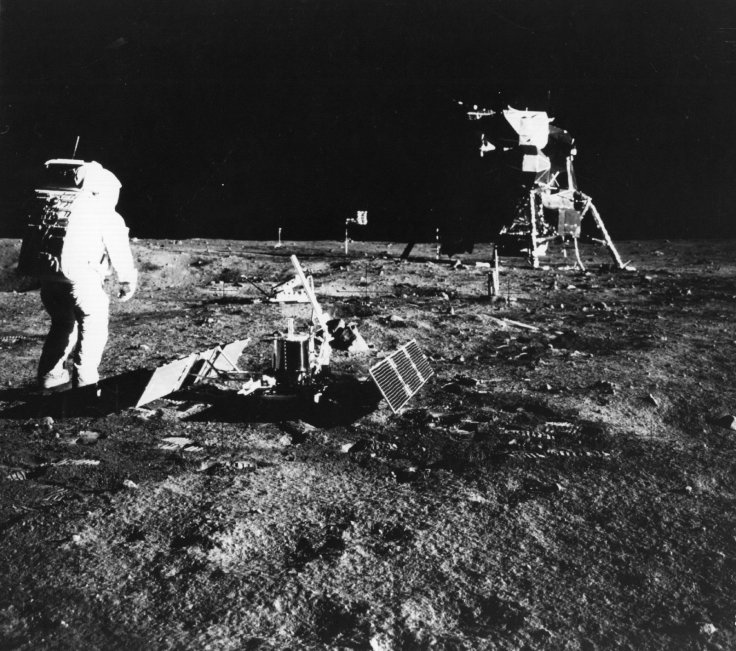
NASA, the United States space agency has revealed that an apocalyptic collision might have resulted in the formation of the moon, earth's only natural satellite. The finding made by NASA after analyzing lunar rocks once again affirmed the mainstream theory that hypothesizes the moon's formation following earth's cosmic collision with a giant planet.
The Giant Impact Theory
According to the Giant Impact Theory, the Earth collided with another planet named Theia in the ancient past, and it resulted in the formation of the moon. The collision caused both planets to shatter into globs of gas, magma, and chemical elements, and later, the moon became earth's natural satellite.
During the new study, researchers at NASA tried to understand the chemical discrepancies between earth and the moon rock which the space agency collected during Apollo missions. Researchers found that earth rocks are highly rich in light chlorine, while the moon rocks contain a higher concentration of heavy chlorine.
Heavy chlorine is more inert than its light counterpart, which is more reactive to forces. NASA's Giant Impact Theory suggests that earth and the moon were rich in both heavy and light chlorine. NASA's study also revealed that the moon's lighter chlorine composition and relative halogen abundance were set at the very beginning. Researchers also noted that the chlorine loss in the moon might be the result of a high-energy event.
NASA's Upcoming Moon Mission
The findings come at a time when NASA is gearing up with its next lunar mission, named Artemis. The mission includes both crewed and robotic projects, and the space agency will be trying to explore the lunar surface by collecting samples of moon soil and rock for mining at a later stage.
Many space experts believe that the success of Artemis will play a crucial role in shaping NASA's ambitious Mars colonization mission. If everything goes well, NASA will land humans on the moon in 2024, and the space agency is planning to take a crew of astronauts to Mars in the early 2030s.









